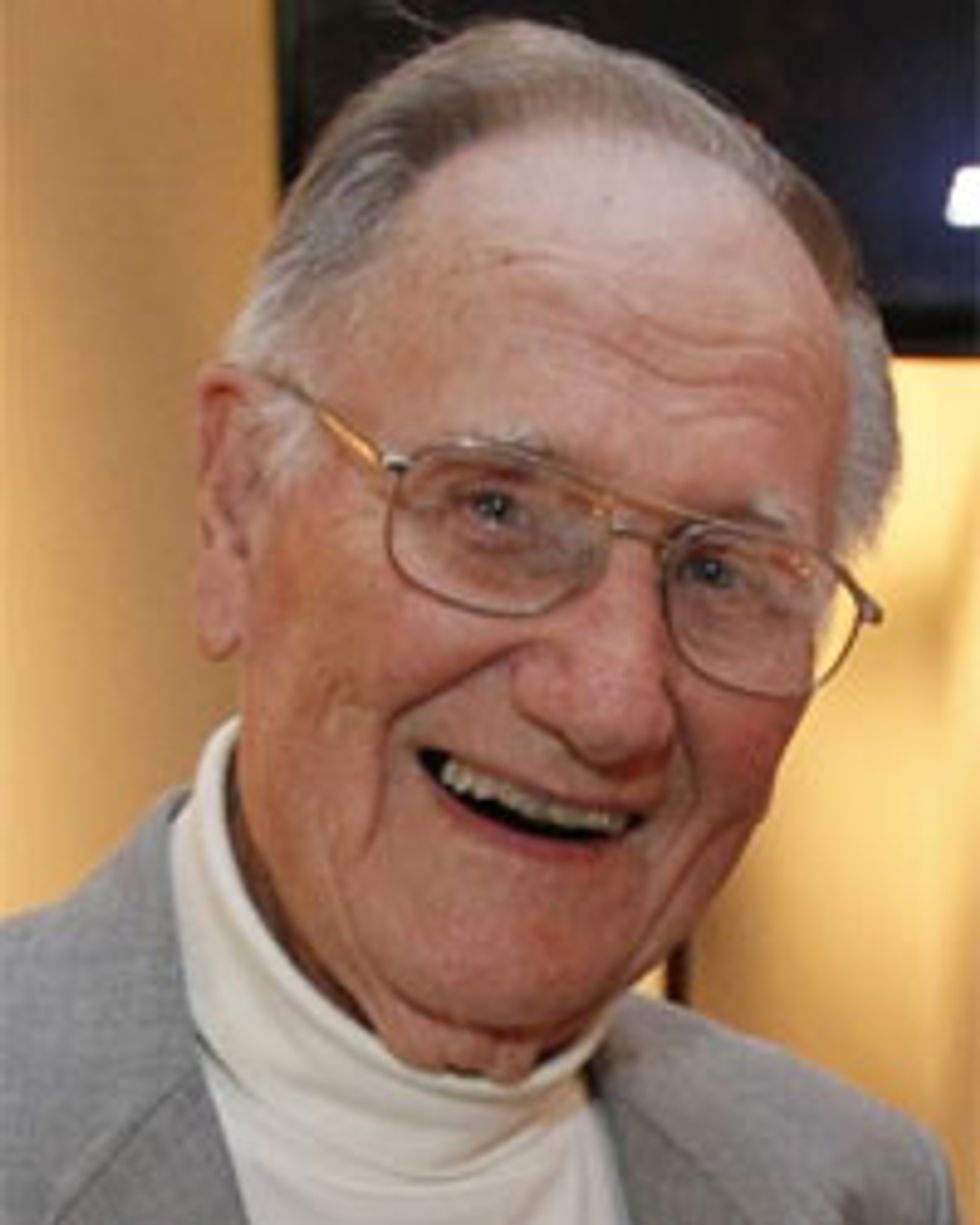
Electrical engineer
Life member, 95; died 3 June
Rasmusson joined the U.S. Army in 1943 and became part of the 1303rd Engineer Regiment, which landed at Normandy, France, two weeks after D-Day. He received five battle stars and became a corporal. After the war, he rejoined Haughton Elevator Co., in Toledo, Ohio, where he had worked before the war.
He was honored in 2005 by the U.S. Department of Veterans Affairs.
Rasmusson studied electrical engineering at the University of Toledo, courtesy of the GI Bill.
After he graduated, he worked for several companies in Toledo. In 1953 he joined the engineering staff at the Libbey-Owens-Ford Co., a glass manufacturer, and in 1956 was promoted to chief electrician of the company’s glass plant in East Toledo. He became assistant plant engineer in 1967 and was promoted in 1971 to plant engineer. He later had a brief stint as manager of facilities at Libbey’s executive office facilities.
He left the company in the early 1980s, then worked for a variety of consulting firms in Ohio for a decade. One of his jobs was to ensure electrical transmission facilities were in place for a steel plant planned in Delta, Ohio.
Rasmusson was a former chair of the IEEE Toledo Section.
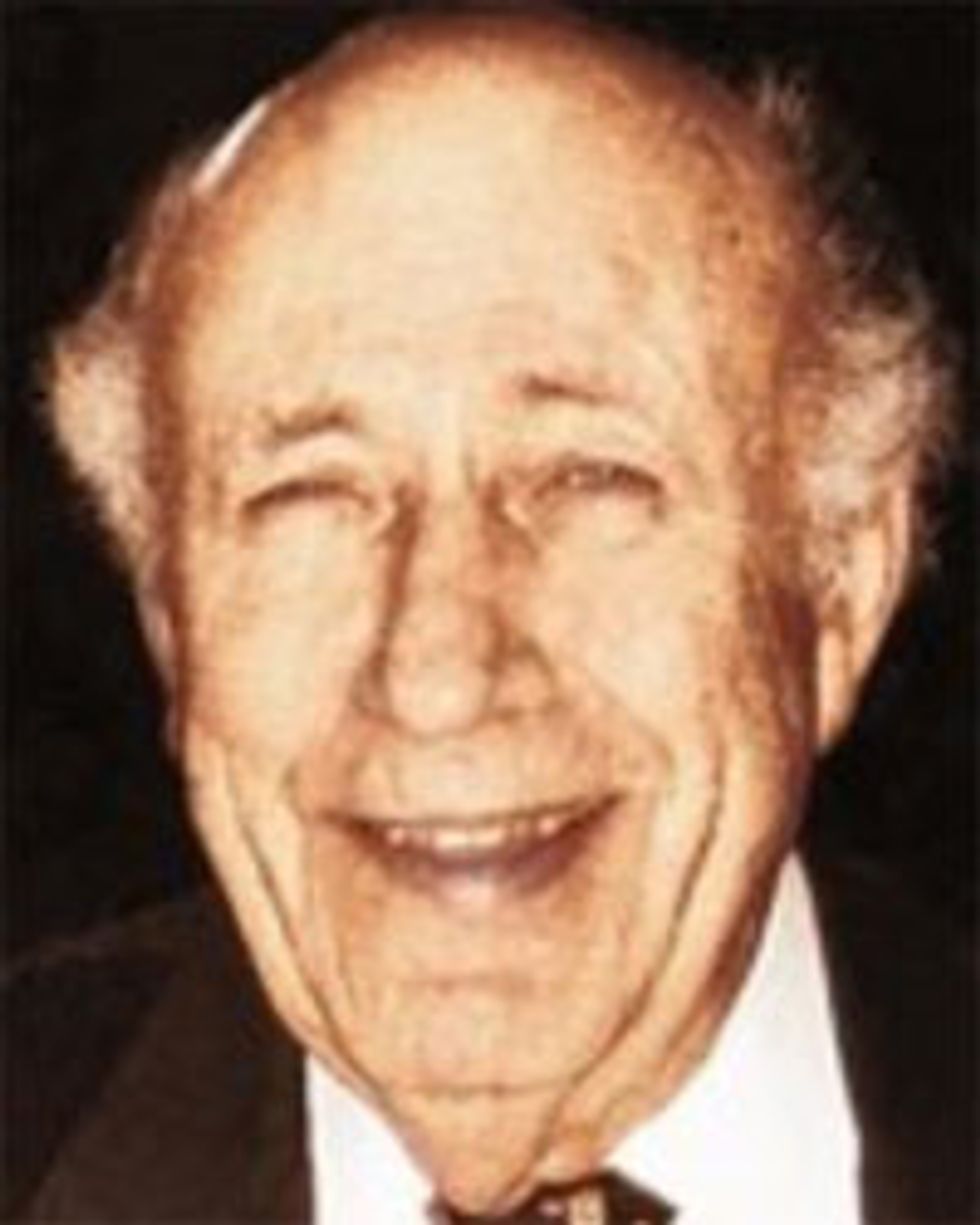
Communications engineer
Life member, 92; died 6 June
Through the U.S. Navy’s V-12 program, which offered to pay college tuition for men who enlisted during World War II, Lauman earned a bachelor’s degree in electrical engineering in 1945 from Bucknell University, in Lewisburg, Pa. He did postgraduate work at the University of Pennsylvania and MIT.
His career began in 1946 with Bell of Pennsylvania, now part of Verizon, where he advanced to the position of vice president of engineering. In that role he was responsible for the modernization of the network, as well as the introduction of the No. 1 Electronic Switching System and No. 4 ESS cellular and fiber technologies. In 1960 he founded the Bell System Data Communication School, where nearly 1,500 engineers and sales staff learned about the technology each year.
In 1966 Lauman implemented the first commercial fiber-optic system between Pittsburgh and Greensburg, Pa. In 1981 he oversaw the first digital mobile services office of the Nortel Co.
Lauman left Bell in 1983 to become executive vice president and chief operating officer of D&E Communications, in Ephrata, Pa.—a role he held until 2002. He later was promoted to vice chairman and senior executive vice president. He received the company’s 1990 Ray Blain Outside Plant Achievement Award for sustained leadership and direction.
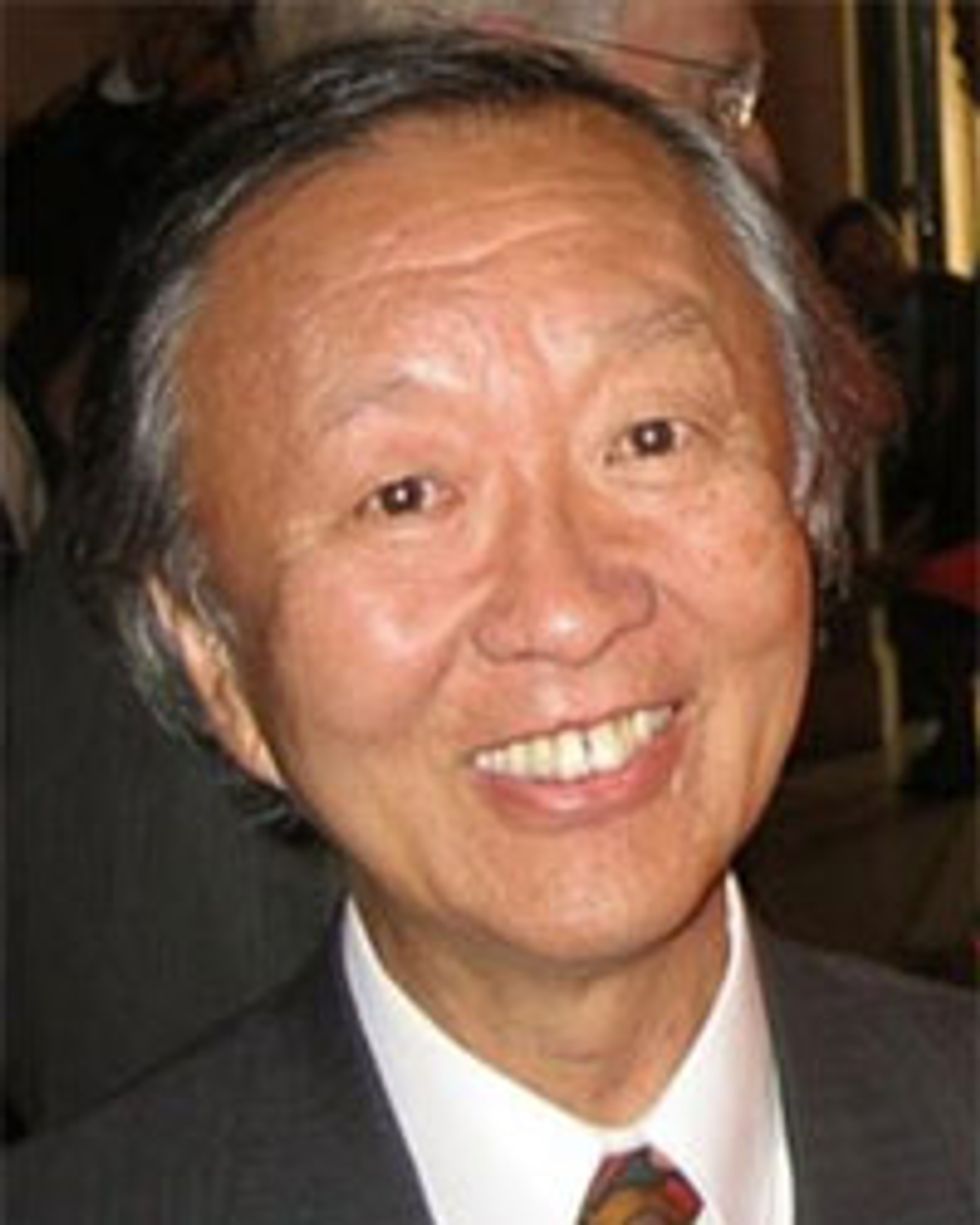
Nobel laureate,
Life fellow, 84; died 23 September
In the 1960s, Kao was part of the optical communications research team at Standard Telephones and Cables, in Harlow, England.
He discovered in 1966 that optical fibers made from high-purity glass could be used to transmit light signals over long distances. He then identified silica as a crucial material for developing fiber-optic communications—opening the door for inventions including the Internet.
In 1970 he became a professor at the Chinese University of Hong Kong and founded what is now its electronic engineering department. He became vice chancellor in 1987 and retired nine years later.
Kao shared the 2009 Nobel Prize in physics with Willard Boyle and George Smith for “groundbreaking achievements concerning the transmission of light in fibers for optical communication.” The following year he was knighted and was awarded an honorary doctorate by University College London (UCL).
He graduated in 1957 from Woolwich Polytechnic, now the University of Greenwich, in London, with a bachelor’s of science in electrical engineering. He received a Ph.D. in 1965 in electrical engineering from UCL.
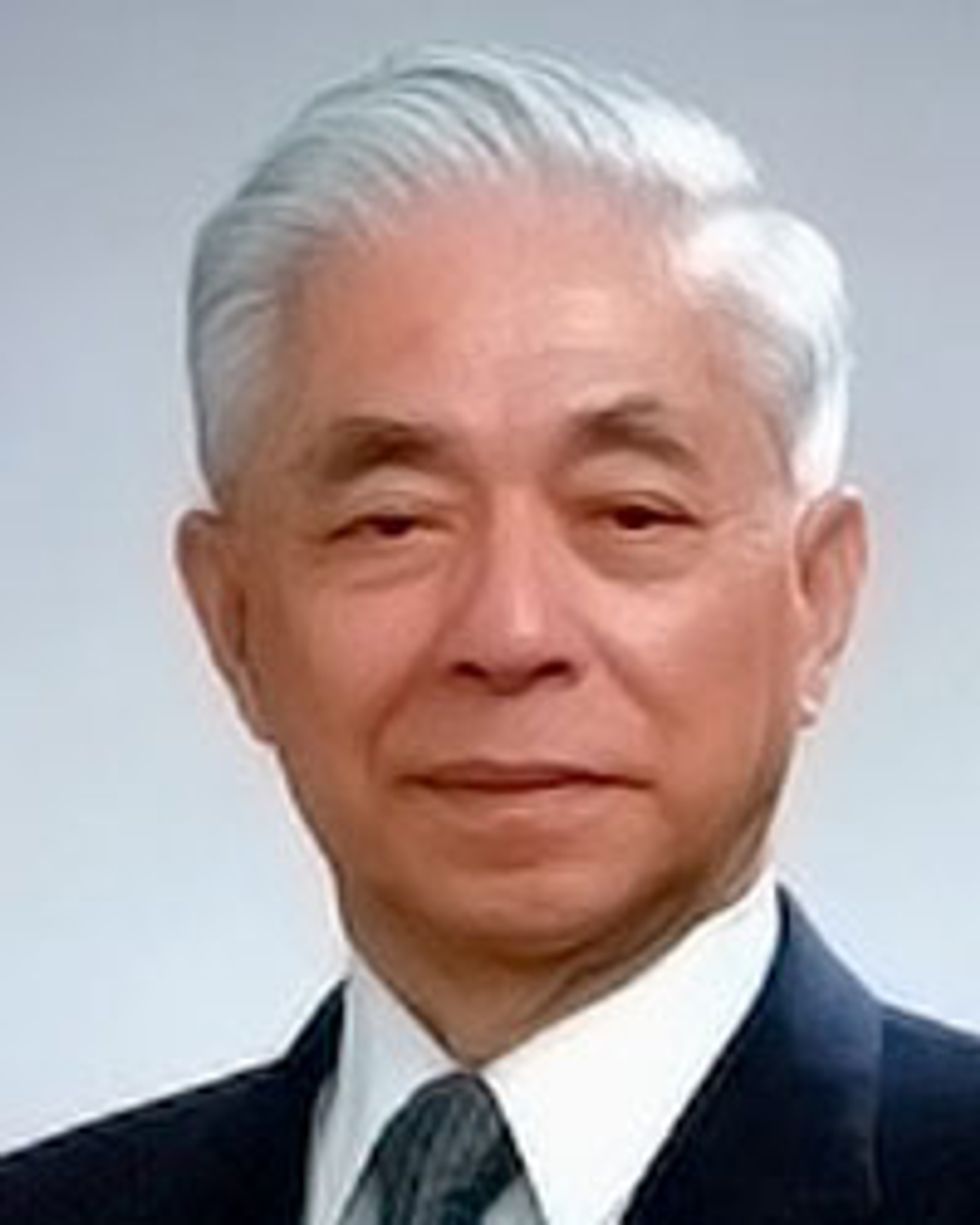
Inventor of the PIN diode,
Life fellow, 92; died 21 October
In 1950 Nishizawa invented the PIN diode used in fiber-optic network cards and switches. He also invented the static induction transistor, which can function at high speed with low energy levels and has a wide variety of applications including in high-speed computers.
He was instrumental in developing optical-communications building blocks such as the semiconductor lasers and glass fiber that enabled high-speed, high-capacity data communications. He developed green and red light-emitting diodes used in traffic lights and displays, and he held more than 1,000 patents.
IEEE introduced the Jun-ichi Nishizawa Medal in 2004, elevating him to the realm of great inventors such as Thomas Edison and Alexander Graham Bell.
Nishizawa in 1953 joined the Research Institute of Electrical Communication at Tohoku University, in Sendai, Japan, as a professor. From 1990 to 1996, he served as president of the university. He became president of Iwate Prefectural University in Takizawa, Japan in 1998.
He received several awards including the IEEE Edison Medal, which is given to reward meritorious careers in electrical science, electrical engineering, or the electrical arts. He was awarded the Japan Academy Prize in 1974 and was recognized by Japan as a person of cultural merit in 1983. Six years later, he received Japan’s Order of Culture award.
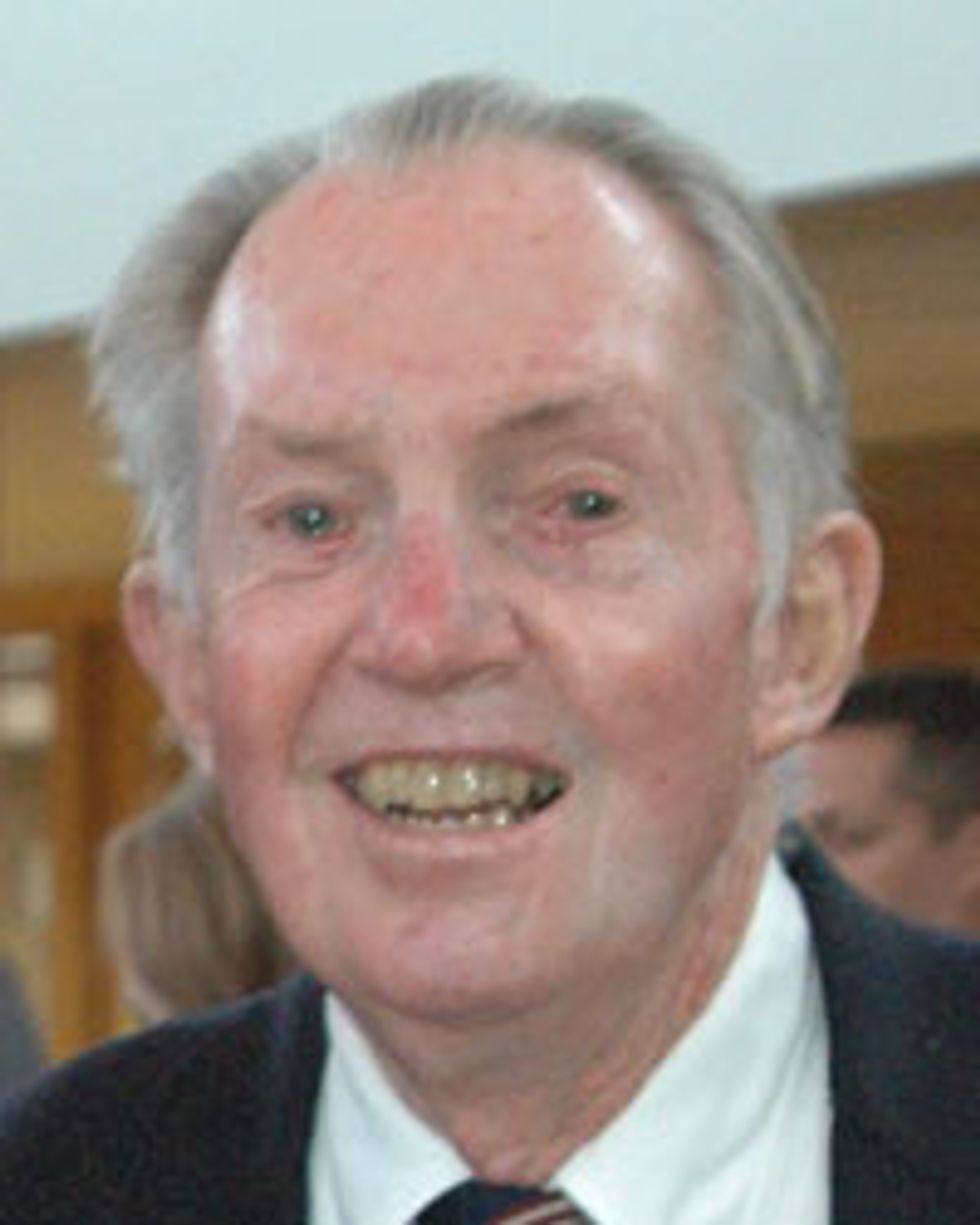
Electrical engineer
Life member, 85; died 8 December
McDade was the first in his family to attend college, graduating from St. Joseph’s in Philadelphia and obtaining a Ph.D. in physics from the Catholic University of America, in Washington, D.C. He worked as an electrical engineer for a number of defense contractors, and he helped design collision-avoidance systems found in today’s automobiles.
A passionate runner, McDade competed in the Boston Marathon 20 times. He was instrumental in forming the Utica Pacemakers running club, in New York. He started a weekly community race series and established the Utica Boilermaker road race, which attracts thousands of runners each July. He was also an avid cyclist.
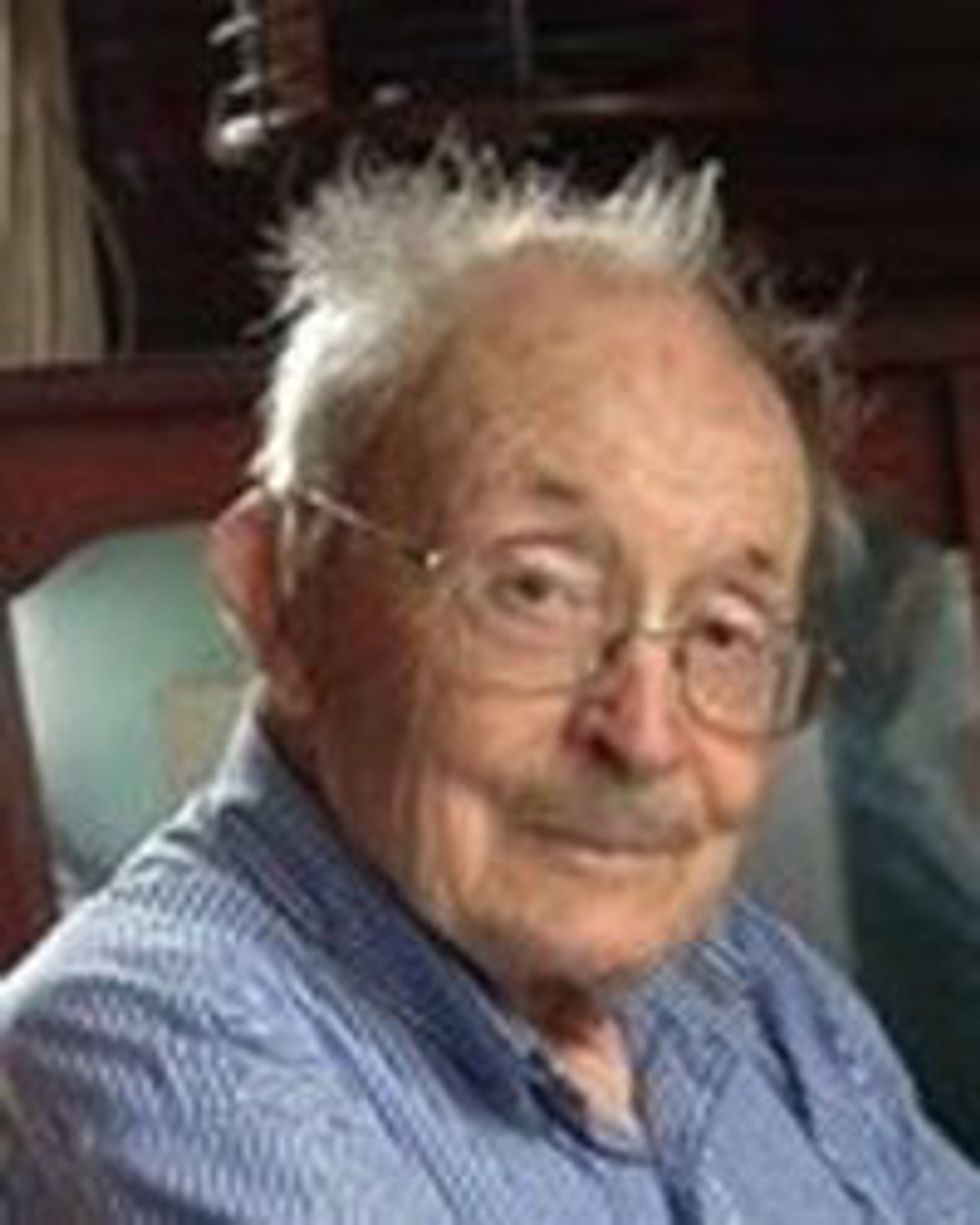
Electrical engineer
Life member, 95; died 1 April
Merriam served in the U.S. Army Signal Corps and was stationed in Liege, Belgium, during the Battle of the Bulge.
Following his military service, he earned bachelor’s and master’s degrees in mechanical engineering from Harvard. He taught at Swarthmore College, in Pennsylvania, for several years before moving back to Rhode Island and becoming a professor at Brown University, in Providence.
After retiring from academia, he started Merriam Instruments, in Point Judith, R.I. His company provided technical support to the fishing community and worked with the Radio Technical Commission for Maritime Services and the Federal Communications Commission in Washington, D.C., to develop technology to ensure fishermen's safety at sea.
Merriam, who was a registered professional engineer and a land surveyor, held U.S. patents for radio electronics. He helped to found the National Marine Electronics Association in 1957 and the New England Wireless and Steam Museum in 1964.
